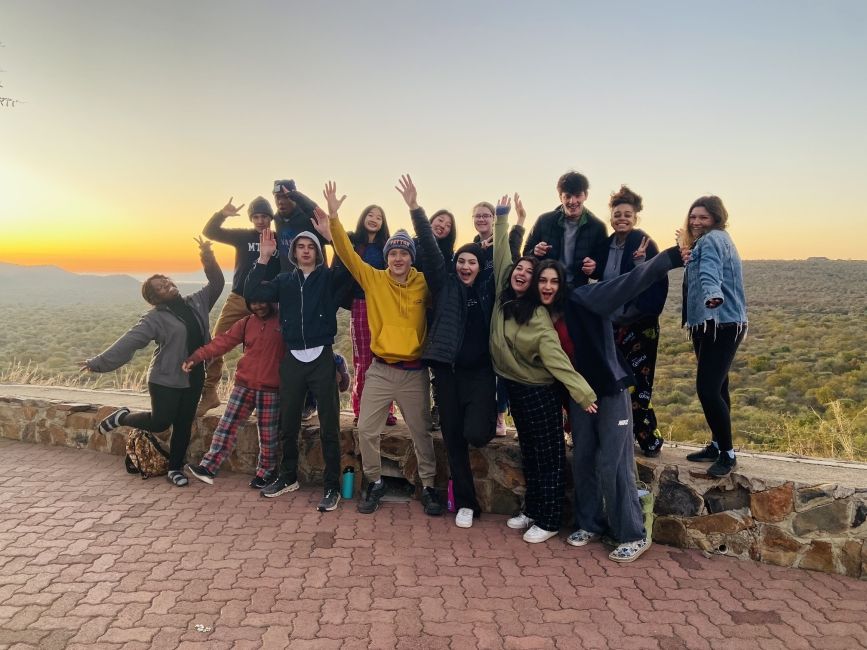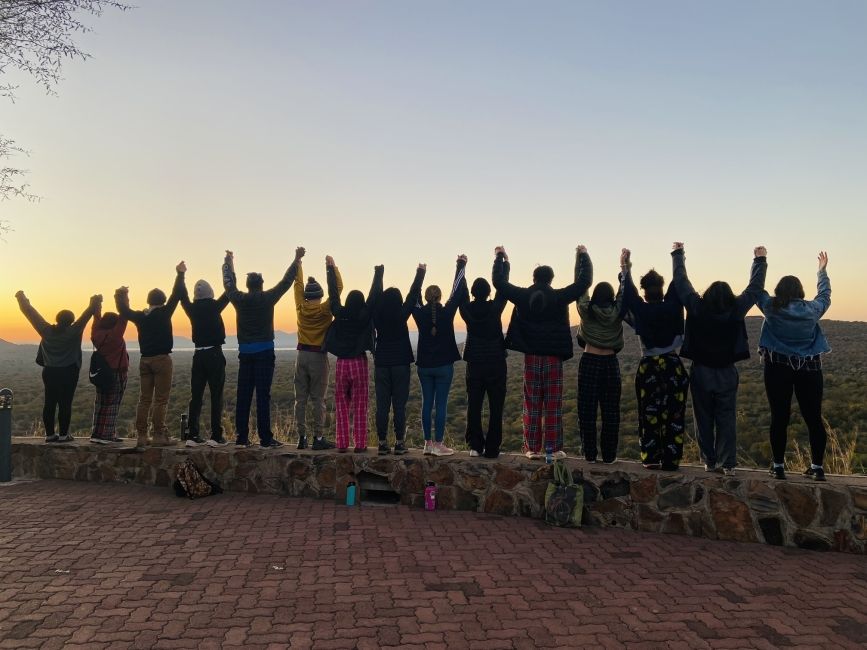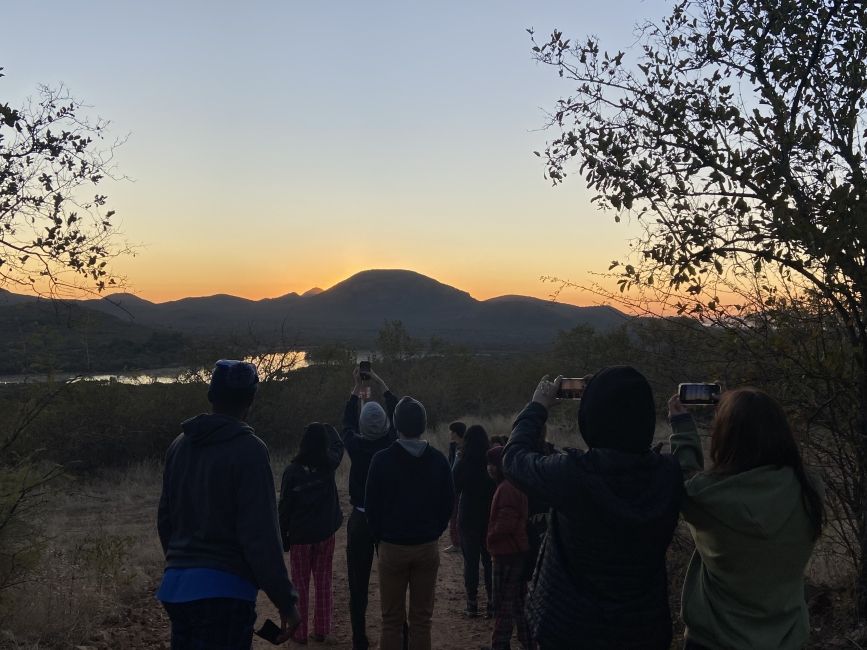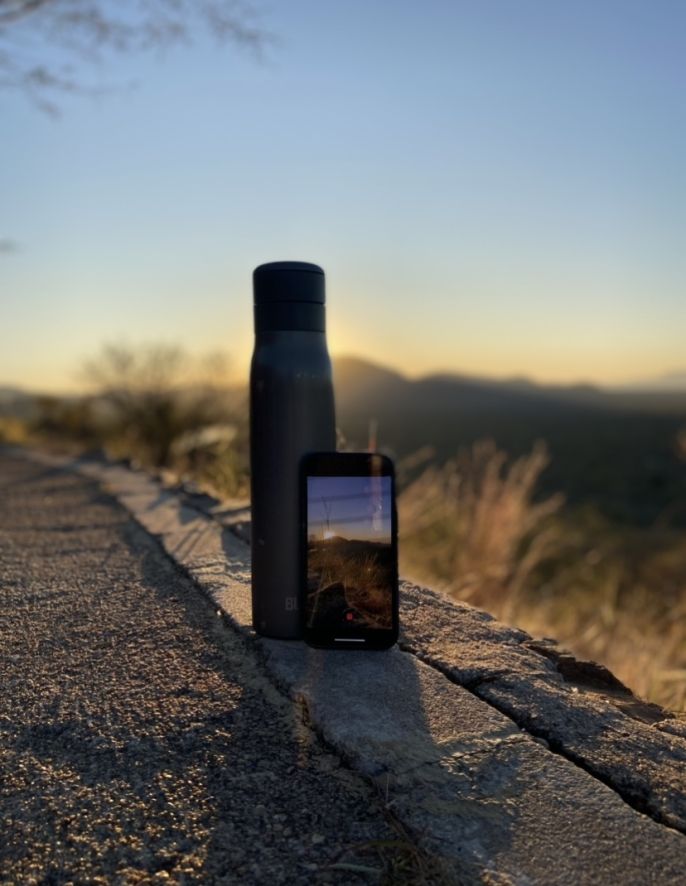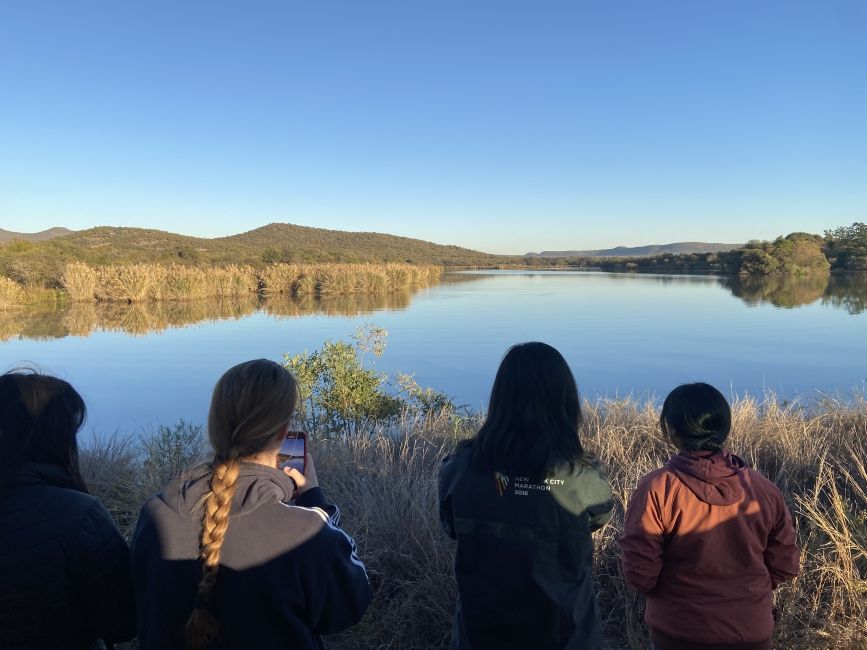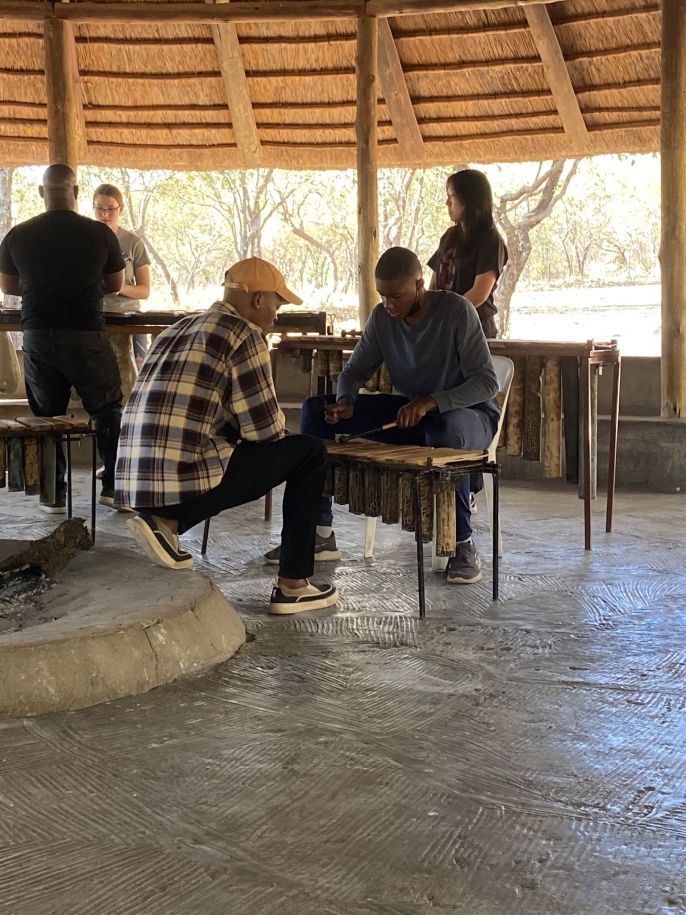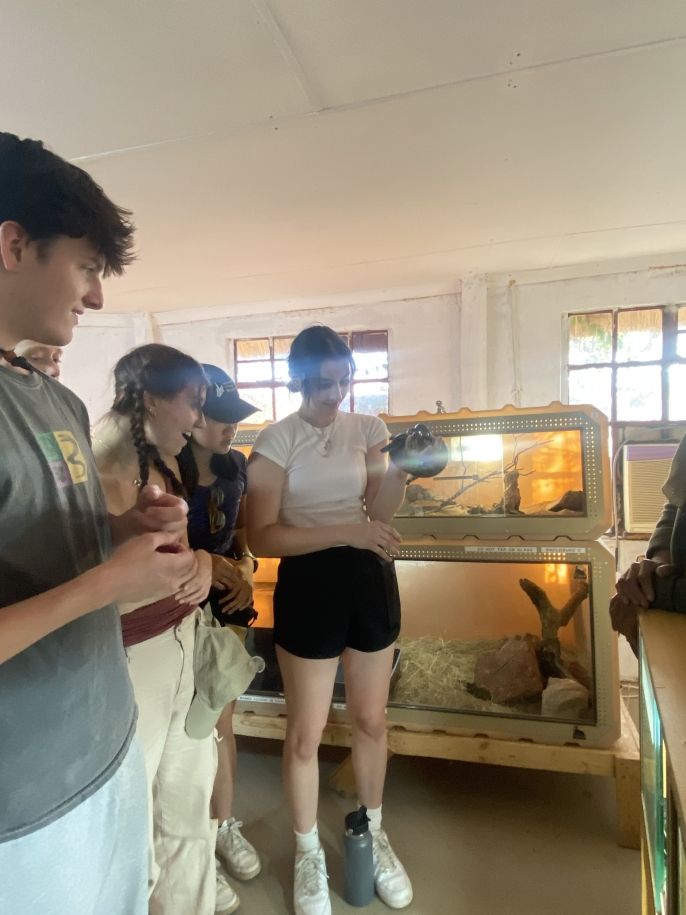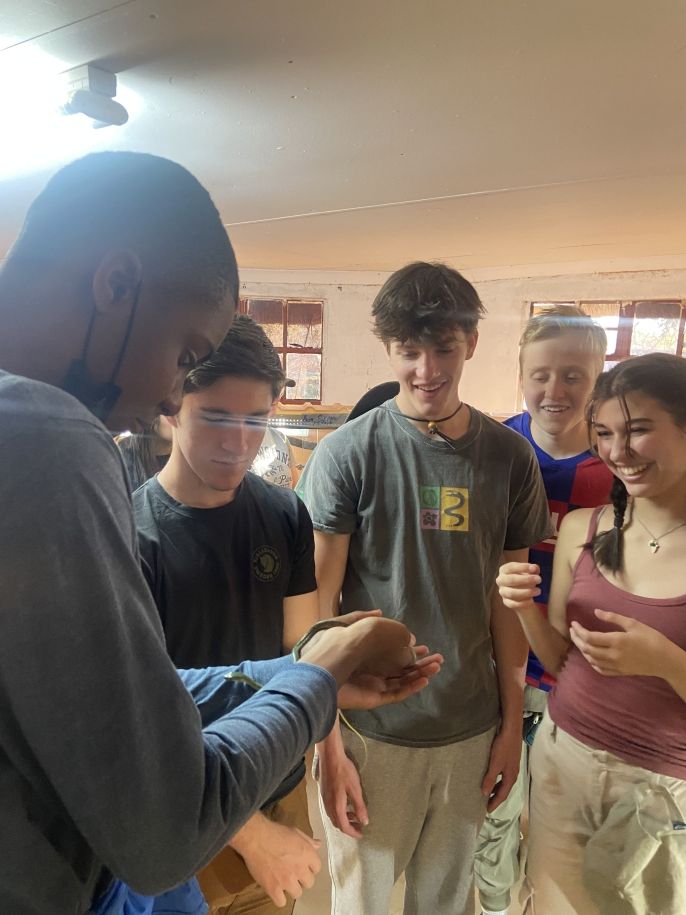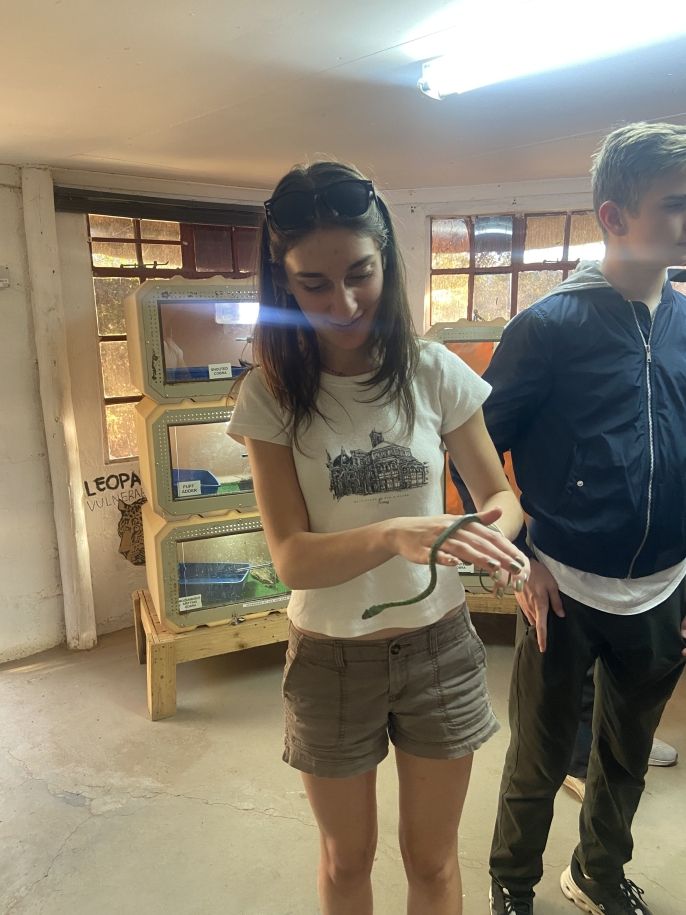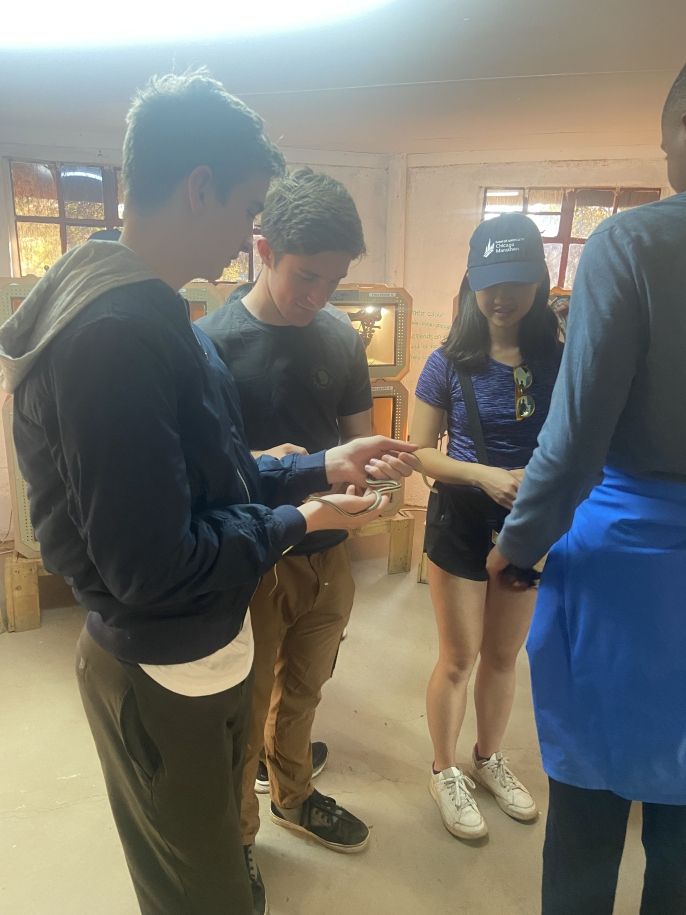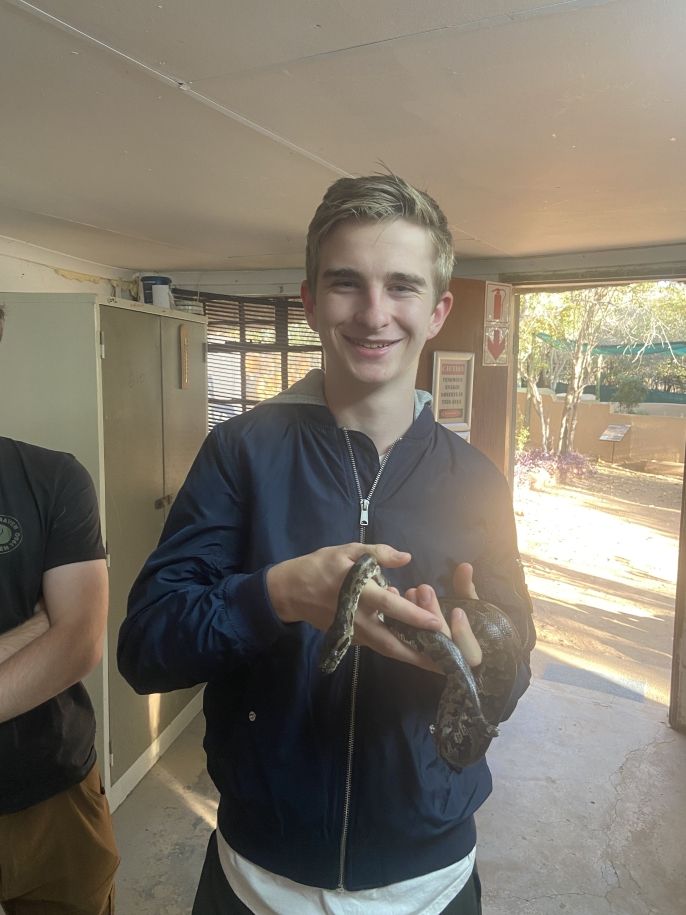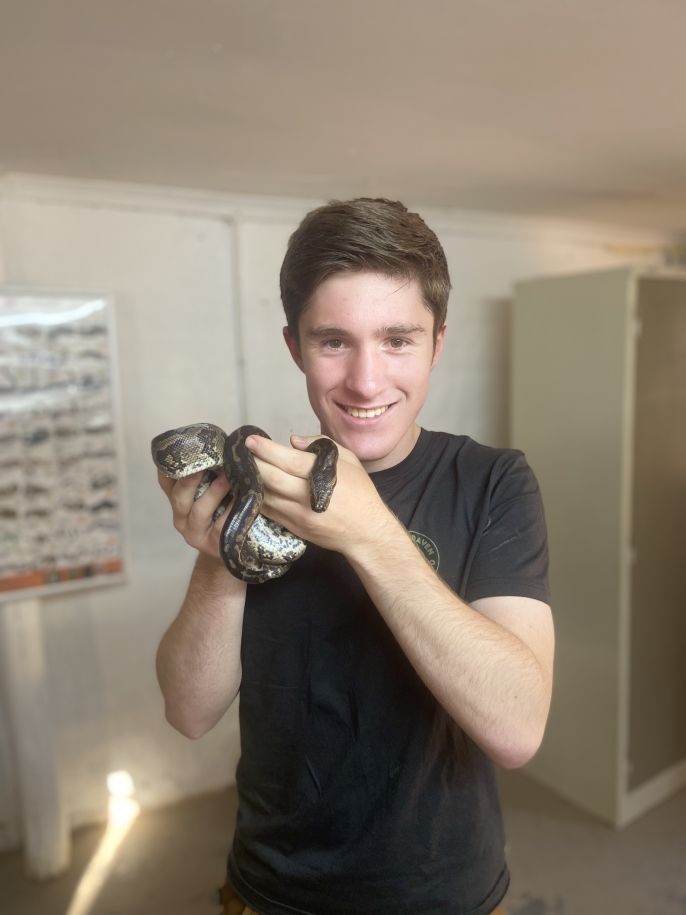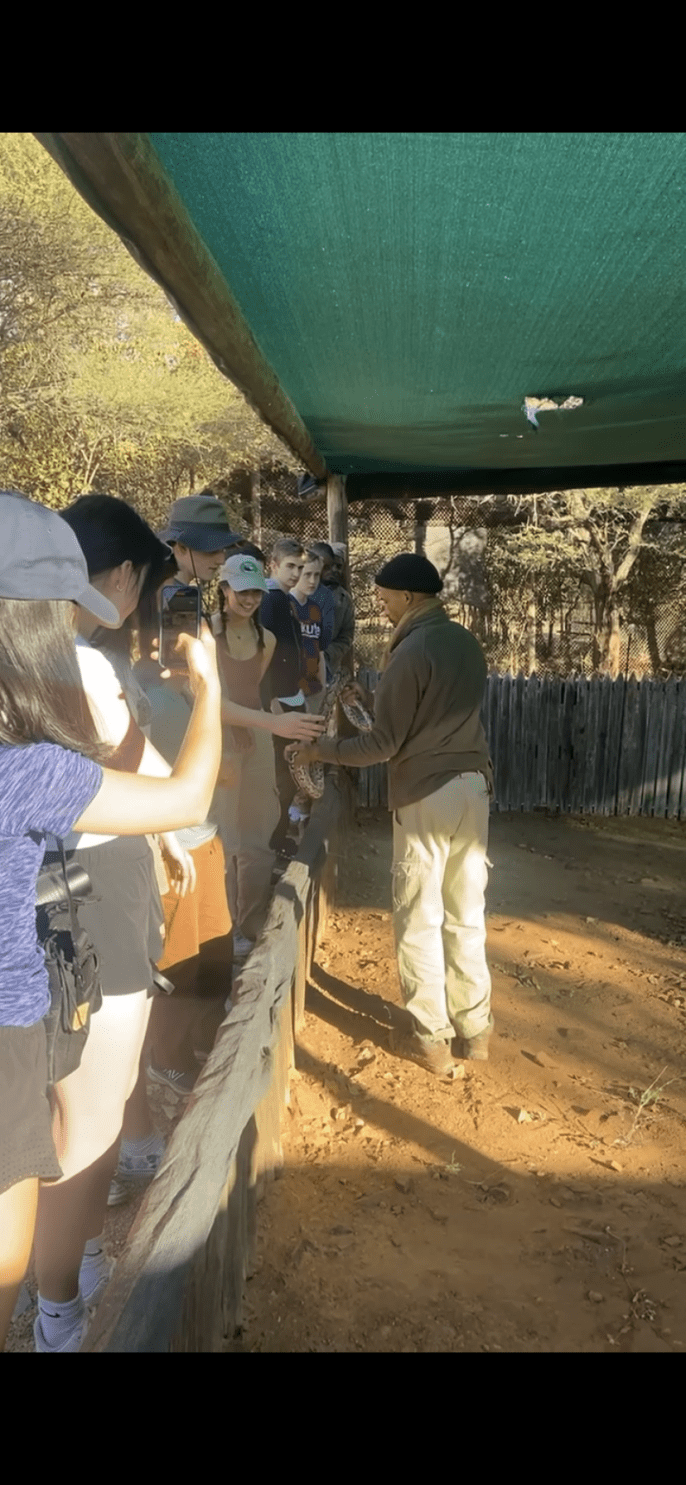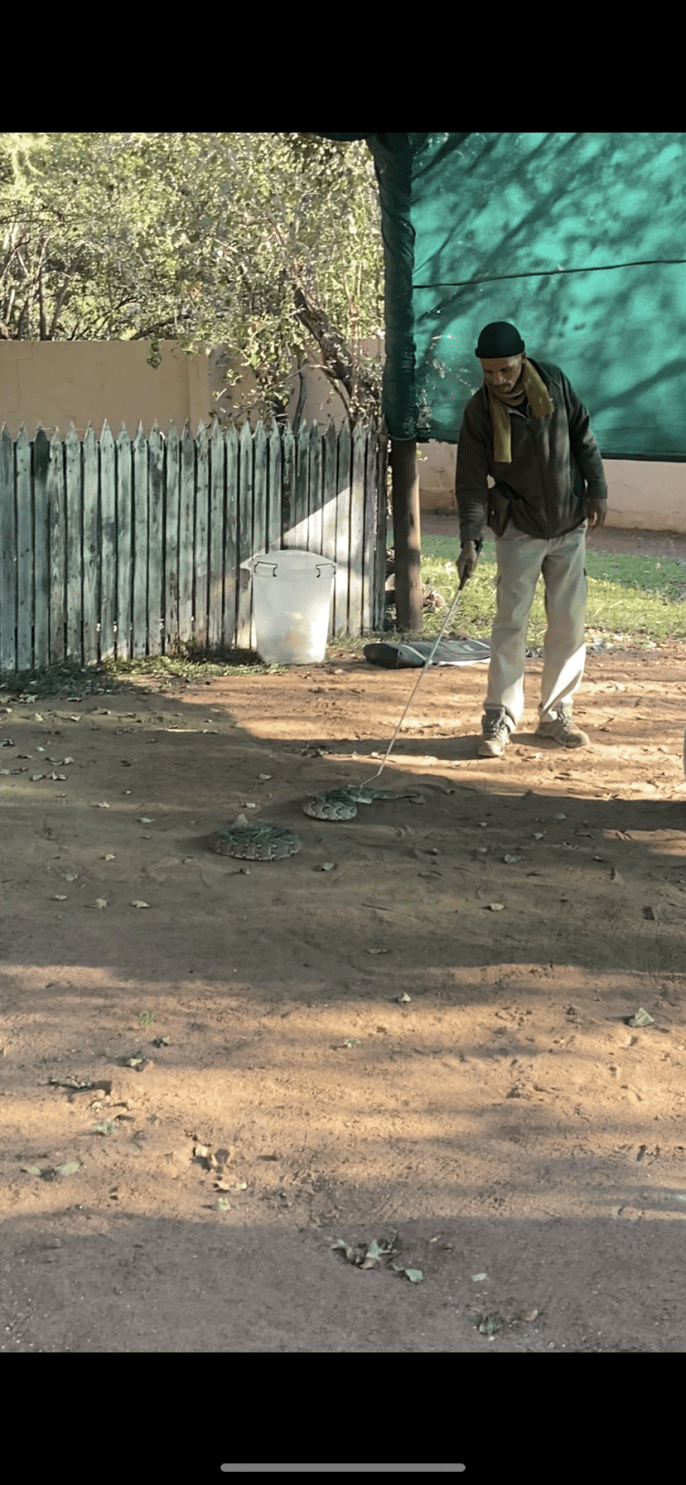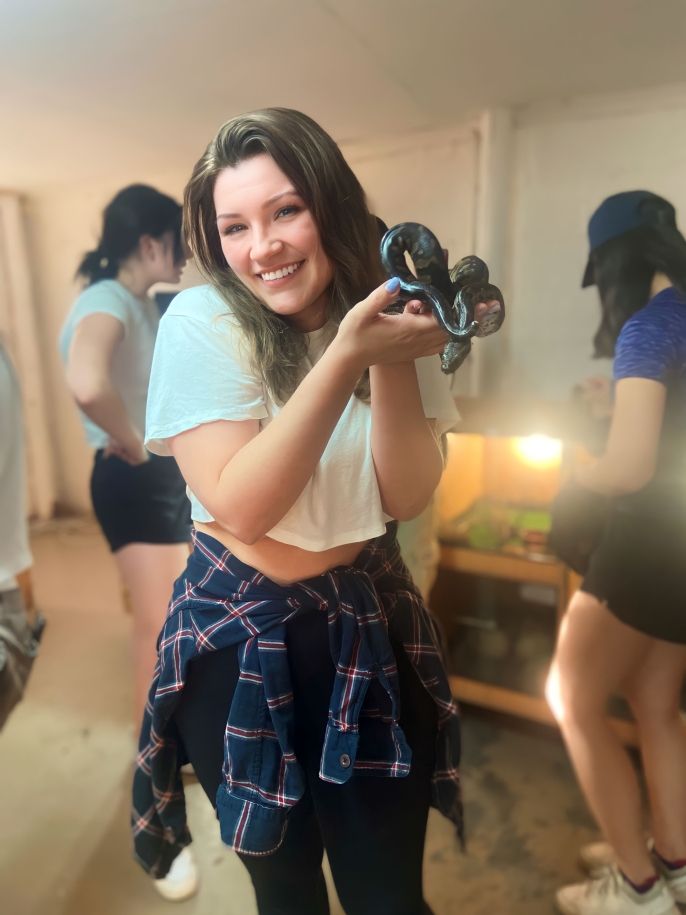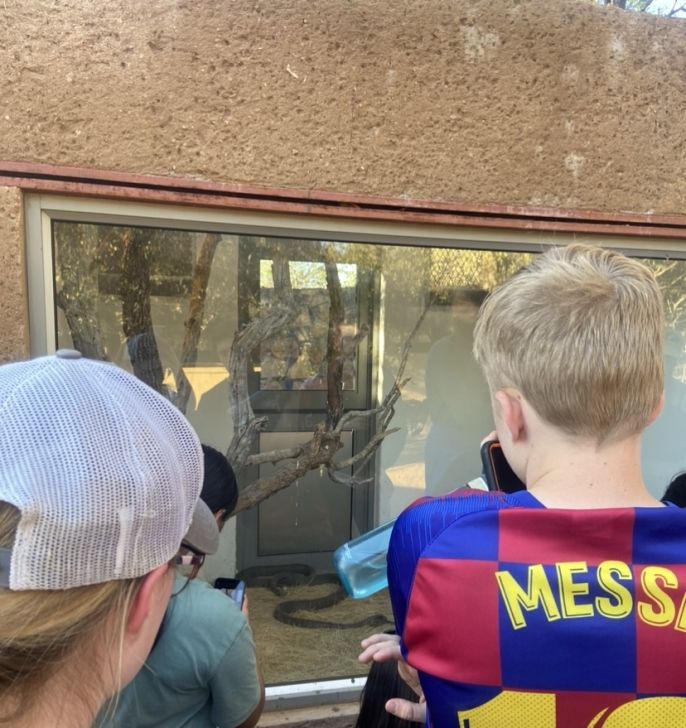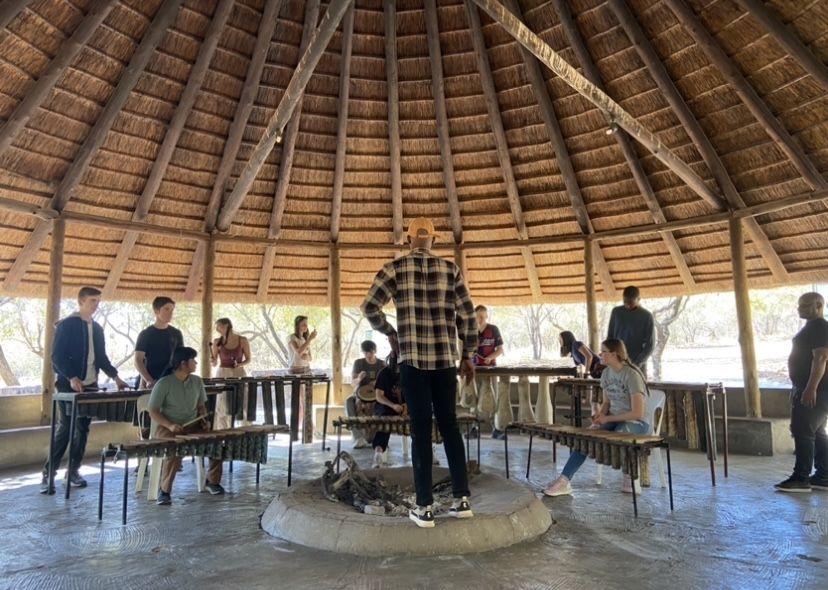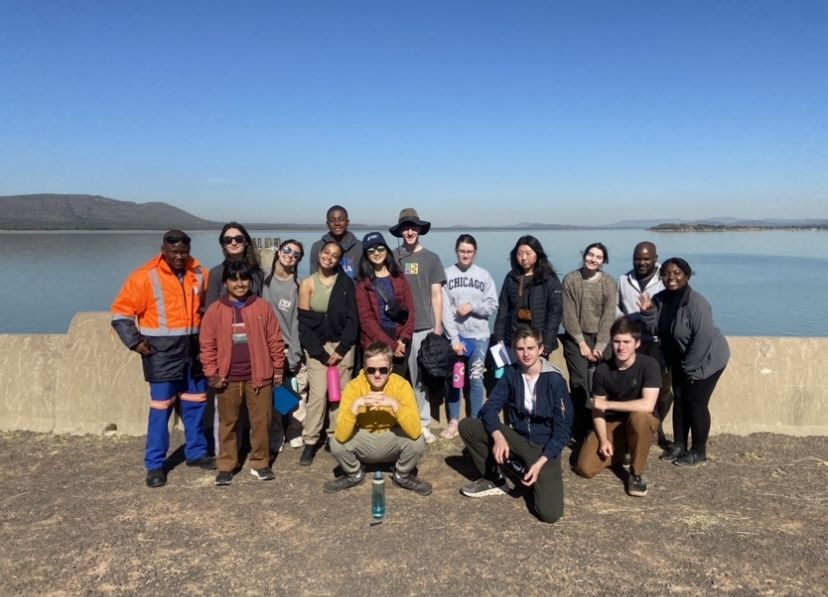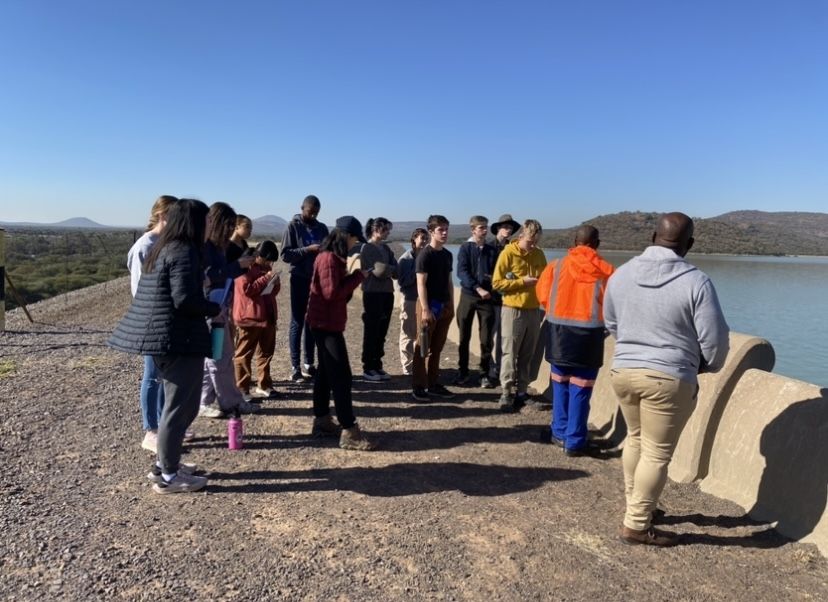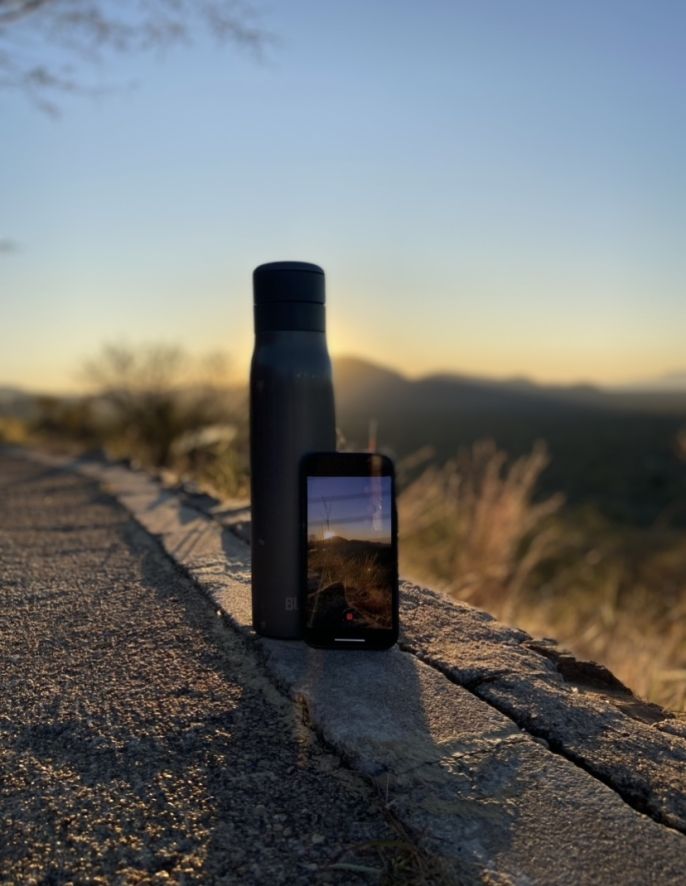Beauty, Biomes, and Bumpin’ Tunes in Botswana
The Global Navigators were the definition of up bright and early today. Actually, not-so-bright, as we were up before the sun. We left the dorms and drove over to the World’s View building in Mokolodi, to watch the sunrise. Any lingering sleepiness was immediately wiped away when we saw the pure radiant beauty of an African sunrise, there is truly nothing like it. After taking all our pictures and time-lapse videos, we left to start our lesson for the day…however, we may have gotten a little sidetracked by our hippo friends in the lake (I mean, who wouldn’t have?).
Once we made it back to the Learning Center, our instructor Tiego started his lesson on the physical geography of Botswana. Botswana’s a landlocked country, about the size of Texas, with key features like the Okavango Delta, Makgatikgati Basin (did you know it can be seen from space?!), and the Mopane woodlands. They also learned about biomes in Botswana, as well as common rock types, like igneous rock, and different drainage regions. Some drainage regions in Botswana are the Chobe region (compromised the Zambezi), the Okavango River Basin (which holds 97% of Botswana's surface water) Limpopo River Basin.
The Limpopo actually includes the site of our next visit: the Gaborone Dam. During our visit to the Dam, the Navigators learned that it is the second largest dam in Botswana and supplies about 750,000 Batswana water. While the dam was only about half full when we visited, it didn’t disappoint when it came to how beautiful it was. In addition to its beauty, it supports a huge range of activities like fishing all the way to scuba diving! Botswana even has a yacht club.
Botswana has nine dams in the entire country…do you know how many dams the US has? Here's a clue, more than nine…nearly 8100 major dams. We learned how that speaks to geography and how much water each country has. Most of the dams in the US also have a much higher capacity/amount of water they hold. One of the assignments the Navigators received was to compare and contrast the Gaborone Dam with one from their home state. As any of their previous assignments can attest, these will be great comparisons! Afterward, we headed over to the mall to have lunch and do a little bit of shopping.
But wait…there’s more! We rushed back to Mokolodi after our lunch and our music instructor, Tboss (who proved dance isn’t the only talent he has), already had our instruments set up. The students were quick to jump in, learning and practicing marimba and drums. I’m gonna go ahead and brag that everyone picked it up pretty quickly, and by the end, it sounded absolutely beautiful. From there, we took a quick walk over to Mokolodi’s Reptile Park. While we were there, we were able to see puff adders, cobras, black mambas, and pythons. It was an absolute treat, and the Navigators were totally enthralled with the beautiful little creatures. So much so, that I feel the need to brag AGAIN, that they were willing to hold three different types of (don’t worry, non-venomous) snakes. While it was another action-packed and busy day, the Navigators were up for it all!
Related Posts
Final Reflections and Advice for Future Students
It is our last day here in Botswana and before all the tears began, we asked students to share some of their final reflections and thoughts. Over the past three... keep reading
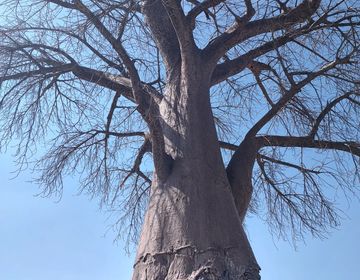
A Baobab that rose from the Okavango Delta
There are some things that are iconic to the continent of Africa- the big five, delicious food and the majestic Baobab tree. The Baobab is known as the tree of... keep reading
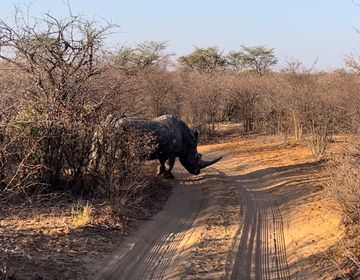
Khama Rhino Sanctuary
The first stop on our journey to the northern part of Botswana was the Khama Rhino Sanctuary; established in 1992, the sanctuary is a “community based wildlife project” aimed at... keep reading
